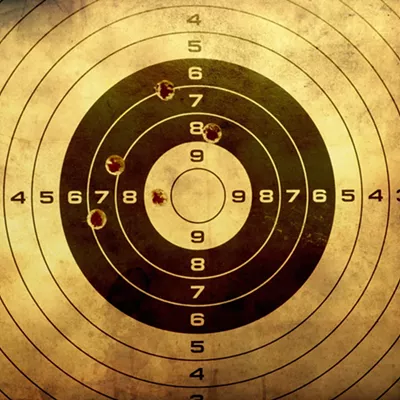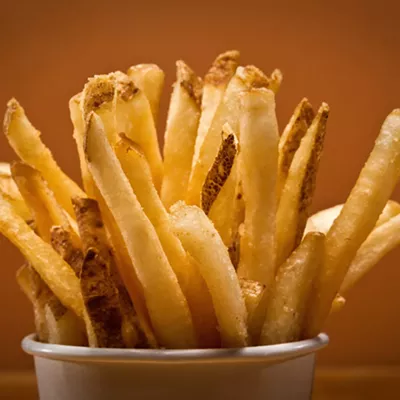A local diver who spent two hours snorkeling the slough Saturday reported finding only three Eurasian milfoil plants, and another small grouping was found near shore, says Jane Fritz, a community activist who opposes use of the herbicide in the slough.
Leslie Marshall, co-director of Bonner County Public Works and architect of the weed-removal efforts, says she stopped by the 400-acre slough Saturday. The diver and boaters concentrated on the eastern side, she says, while a Tuesday recheck of the milfoil shows it lies mostly to the west.
"Because of them having such heartburn over it, I said we'd go back and recheck," Marshall says. The slough is badly enough infested, she says, that 2,4-D application begins today (Aug. 3).
George Hart, environmental coordinator for the Corps of Engineers, says the federal agency had been working on a five-year milfoil control plan with Bonner County using chemicals other than 2,4-D, which, he says, is considered harmful to endangered species such as bull trout by other federal agencies.
"Sometime between last year and this year, the county decided to use 2,4-D," and didn't tell the Corps, Hart says. He says the Corps is powerless to stop the county from using 2,4-D on the county-owned 300 acres of Denton Slough.
Elsewhere, the Coeur d'Alene Tribe, via an Idaho Department of Agriculture milfoil eradication grant similar to Bonner County's, will begin using 2,4-D next week on an estimated 300 acres where mats of milfoil are most dense in Round and Chatcolet lakes at the southern end of Lake Coeur d'Alene.















